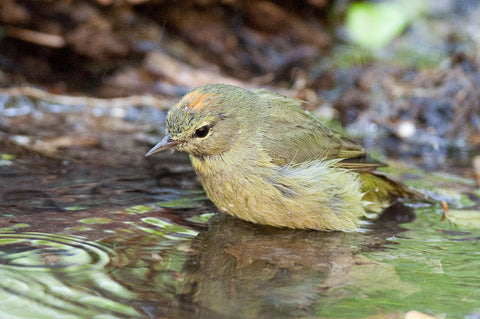A Spring Without Winter
A winter without rain. Drought is a word that clutches at the heart.
In many places, 2013 was the driest on record. Less than an inch fell in December 2012, and none in January, 2013. The last significant month of rain and snow was December 12, 2012.
Will February and March be just as dry? Or is there still a chance for redemption in the two months that lie ahead? The weather man says it’s unlikely unless the jet stream -- that high-altitude, high-velocity stream of air where storms hitch a ride -- moves south.
The trigger for trees to begin flowering, and bird to sing, is not rain but the lengthening of the day. In late January, more than a month past the winter solstice, the days are noticeable longer. Every day the sunset is a minute later, and sunrises are finally beginning to come earlier. (The lengthening and shortening of days is not symmetrical).

Evergreen pears are flowering all over town, and probably because of the extra warmth, tulip trees are already shedding their pink and white petals.
In the bird world, the Oak Titmouse is shouting out its spring song wherever there are oaks. Up Mission Canyon in the Botanic Garden, Orange-crowned Warblers are establishing nesting territories by trilling their downward-sloping songs.

Above, an orange-crowned Warbler. Below, a charming Oak Titmouse.

On the stony-slopes of the Santa Ynez Mountains, ceanothus (wild lilacs) are beginning to bloom – first a white-flowered variety followed by blue ones.













